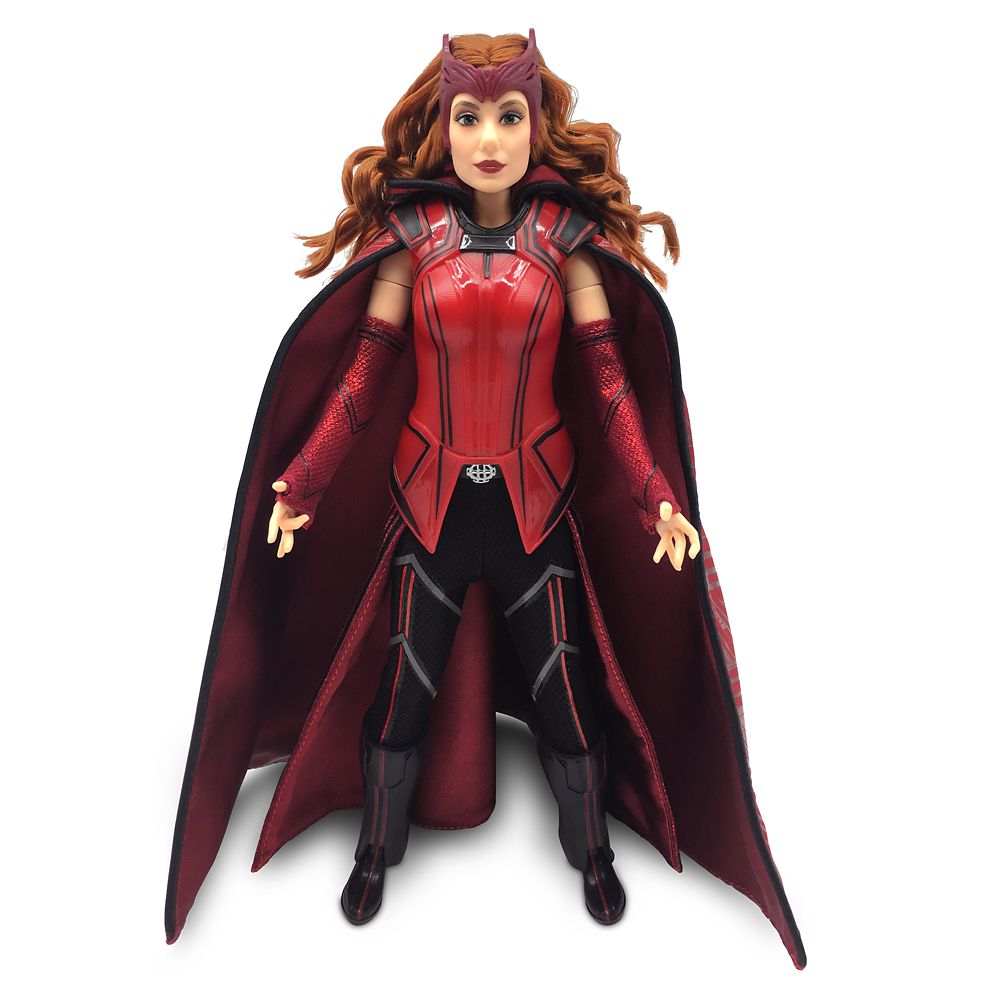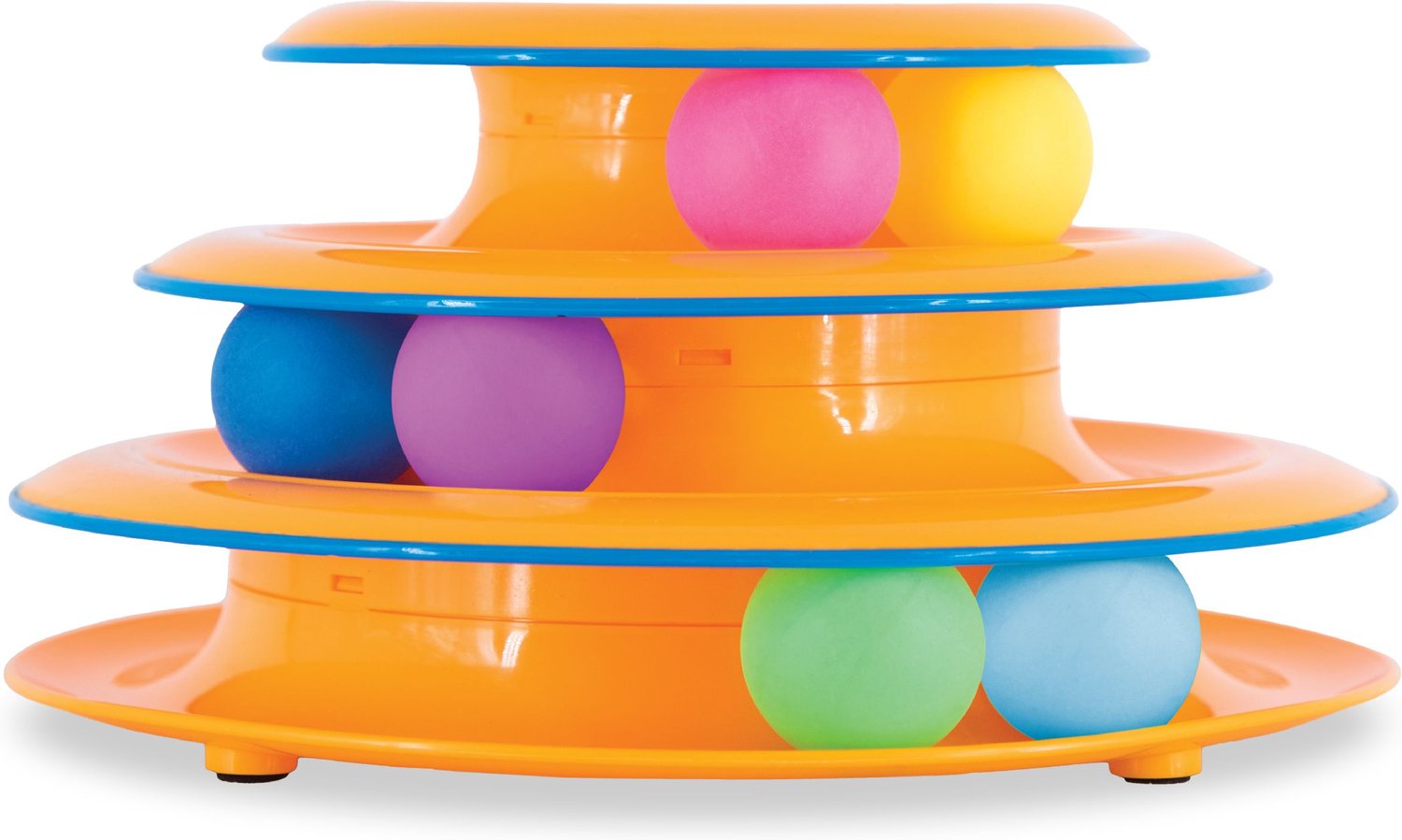KidKraft Mosaic Magnetic Play Kitchen with EZ Kraft Assembly™ – Coral
Ice maker with 3 pretend ice cubes. Magnetic refrigerator and top freezer with 1 sheet of magnets included. Spacious oven with an extra rack and knobs that click and turn. Ladle, pan and spatula on adorable hanging pegs.
Airy and cheerful, the Mosaic Magnetic Coral Play Kitchen will entice kids to whip up fun. This play kitchen is packed with exceptional details and delicious features, including a magnetic refrigerator with top freezer so kids can decorate with magnets or put up shopping lists. Nothing is cooler than the working ice maker that dispenses plastic ice cubes! When kids are ready to fire up the gas stove or the oven, they’ll be delighted to find that the knobs make a fun clicking sound when turned. As culinary creations are in the oven or microwave, kids can proudly show mom and dad what they’re making through the showcase doors! With a 6-piece accessory set, a spacious sink and a quaint design, the KidKraft Mosaic Magnetic Coral Play Kitchen is the perfect addition to your little chef’s bedroom or playroom!
- Ice maker with 3 pretend ice cubes
- Magnetic refrigerator and top freezer with 1 sheet of magnets included
- Spacious oven with an extra rack and knobs that click and turn
- Ladle, pan and spatula on adorable hanging pegs
- Salt and pepper shakers included
- Removable sink for easy clean up
- Storage space under microwave and above countertop
Additional information
| Manufacturer Part Number | 10070 |
|---|---|
| Assembled Product Weight | 41.45 lb |
| Assembled Product Dimensions (L x W x H) | 40.71 x 13.23 x 39.65 Inches |






by Julio
It’s very pretty. Love it!
by Emma
A couple diagram pictures were backwards or upside down but with some common sense, you could look forward and figure out what direction a door or door stop should be installed. Looks great, good size and lots of storage inside! Only downside is the stove doesn’t make noise/light up and I was under the impression it did.
by Leah
Beautiful kitchenette. It took me like 3 hours to put it together on Christmas Eve by myself (the things we do for our kids haha!) But the instructions were easy and straight forward. My daughter loves it and it fits well in our home. I searched for months for something just like this, but the ones I liked were all around $300 or more and that is just too much for us. This one is perfect and great price, we got it on sale for $80, what a steal! Totally recommend.
by Nicole
I LOVE this kitchen play set! Its adorable. I love the little magnets and all the little details. My daughter loves it! Well worth the purchase!
by Cici
I bought this for my 6yr Birthday and I was so happy with this purchase. It did need assembly, and it has a functional icemaker!
by Erika
it’s a beautiful kitchen, got it on sale for a great price. it took me about an hour to put it together, I couldn’t believe how many pieces it was. It was missing one top piece that went on top which annoyed me but it wasn’t necessarily needed so I let it go. I personally wouldn’t get a kitchen like this again, my toddler has played with it a decent amount but I can’t get any stains out of the wooden kitchen doors. She also broke the microwave door a month or two after getting it and it doesn’t stay back in now so that’s annoying. I would’ve liked if it had came with more pieces too.
by Sharon
Too many pieces and not enough detailed written instructions. Paid half price so the aggravation was worth it. It was a perfect gift when completed.
by Diane
Awesome quality and wonderful directions included. Very cute set!